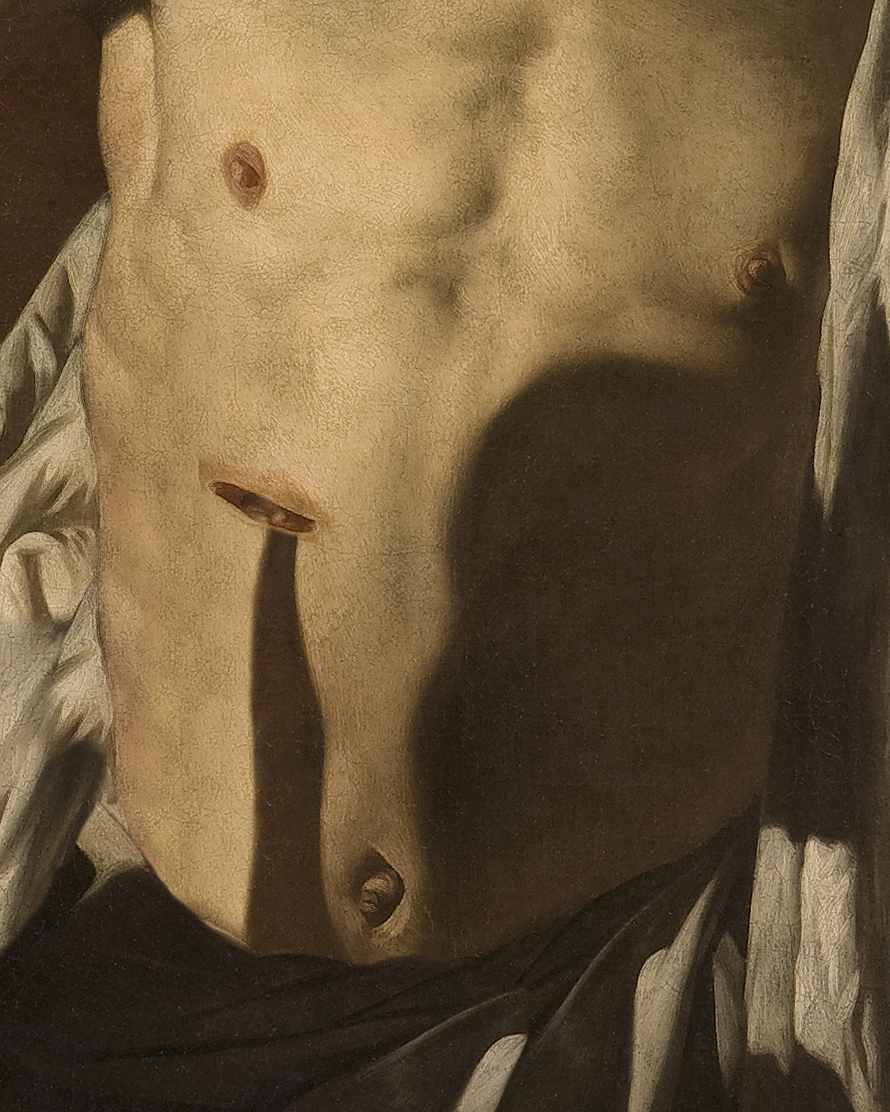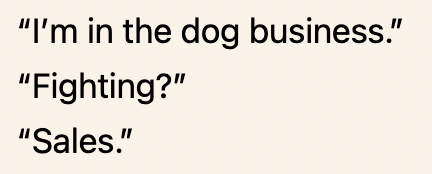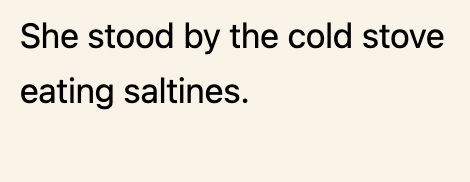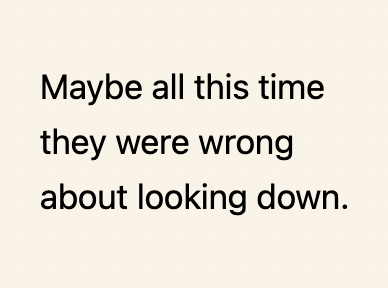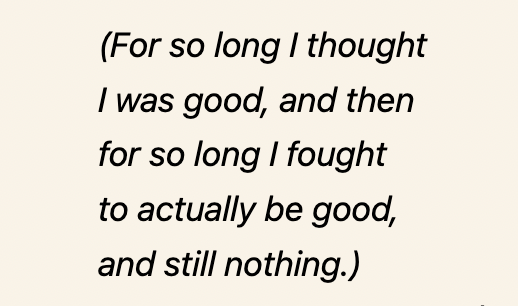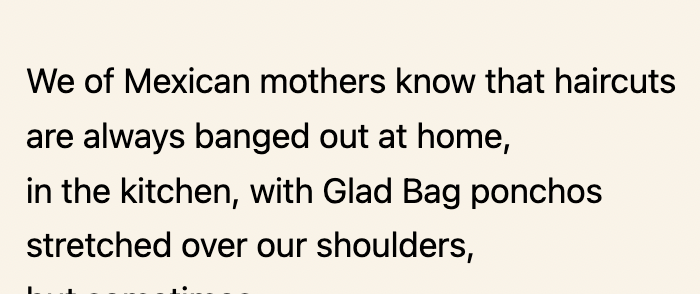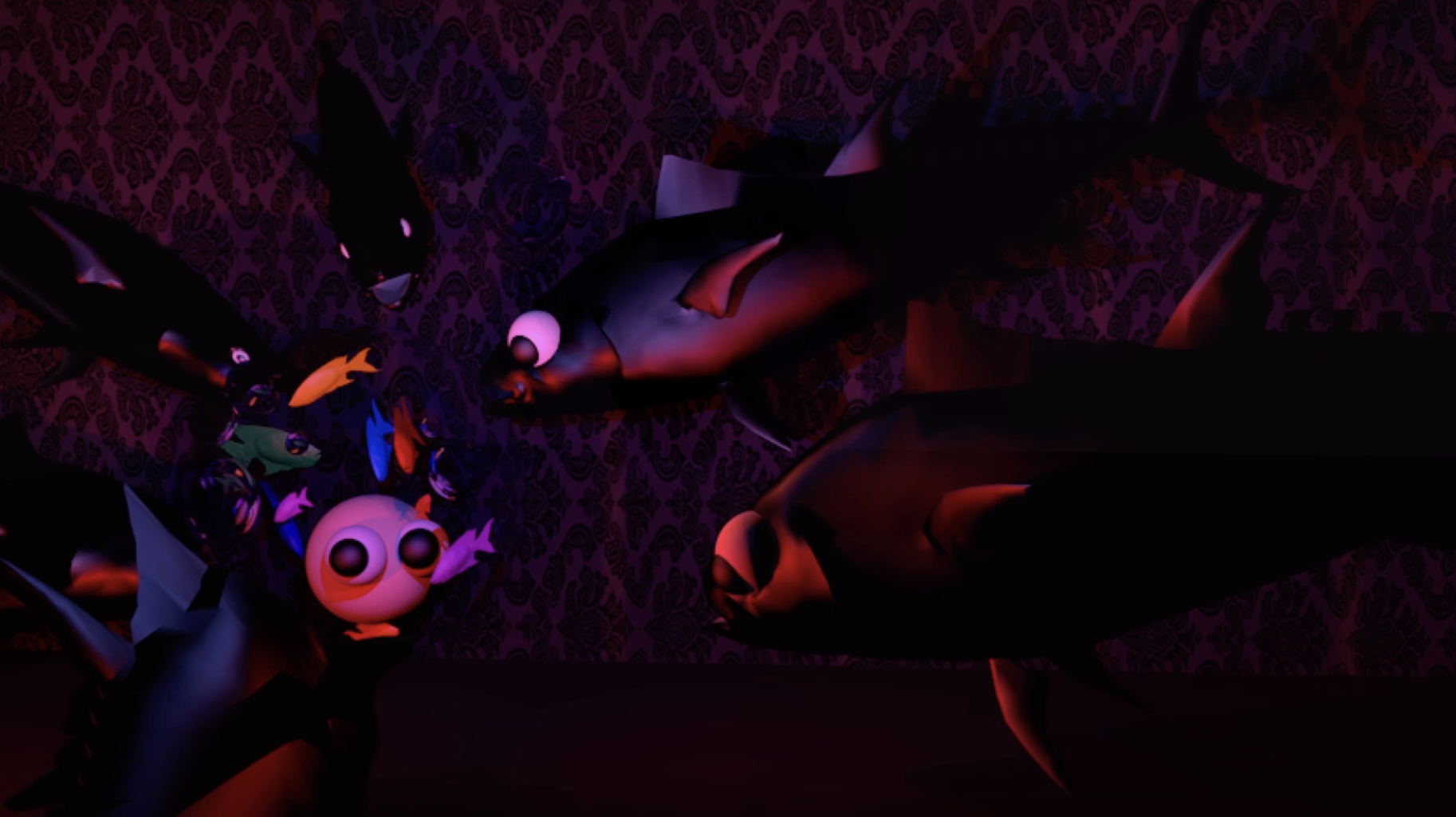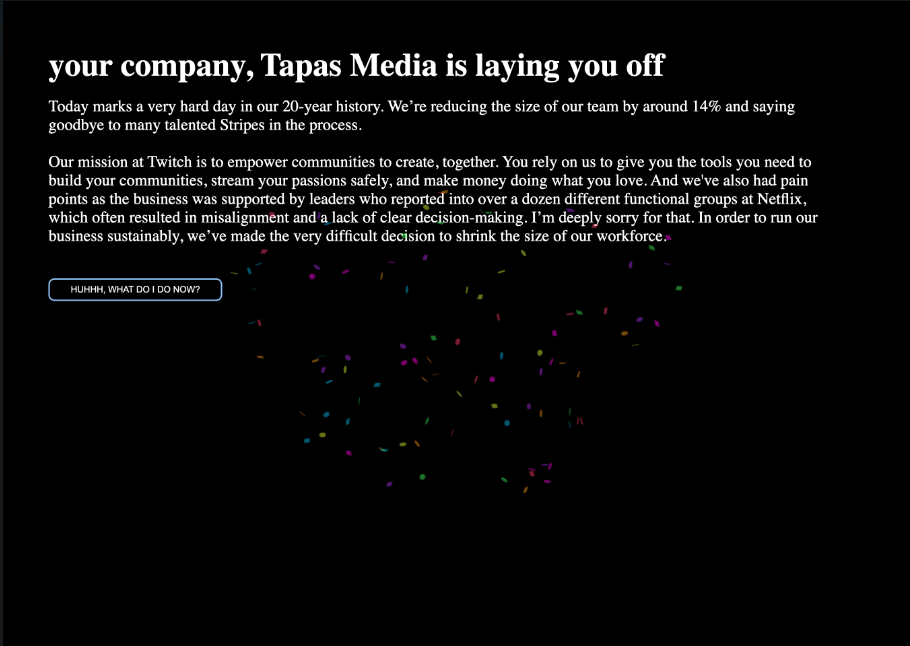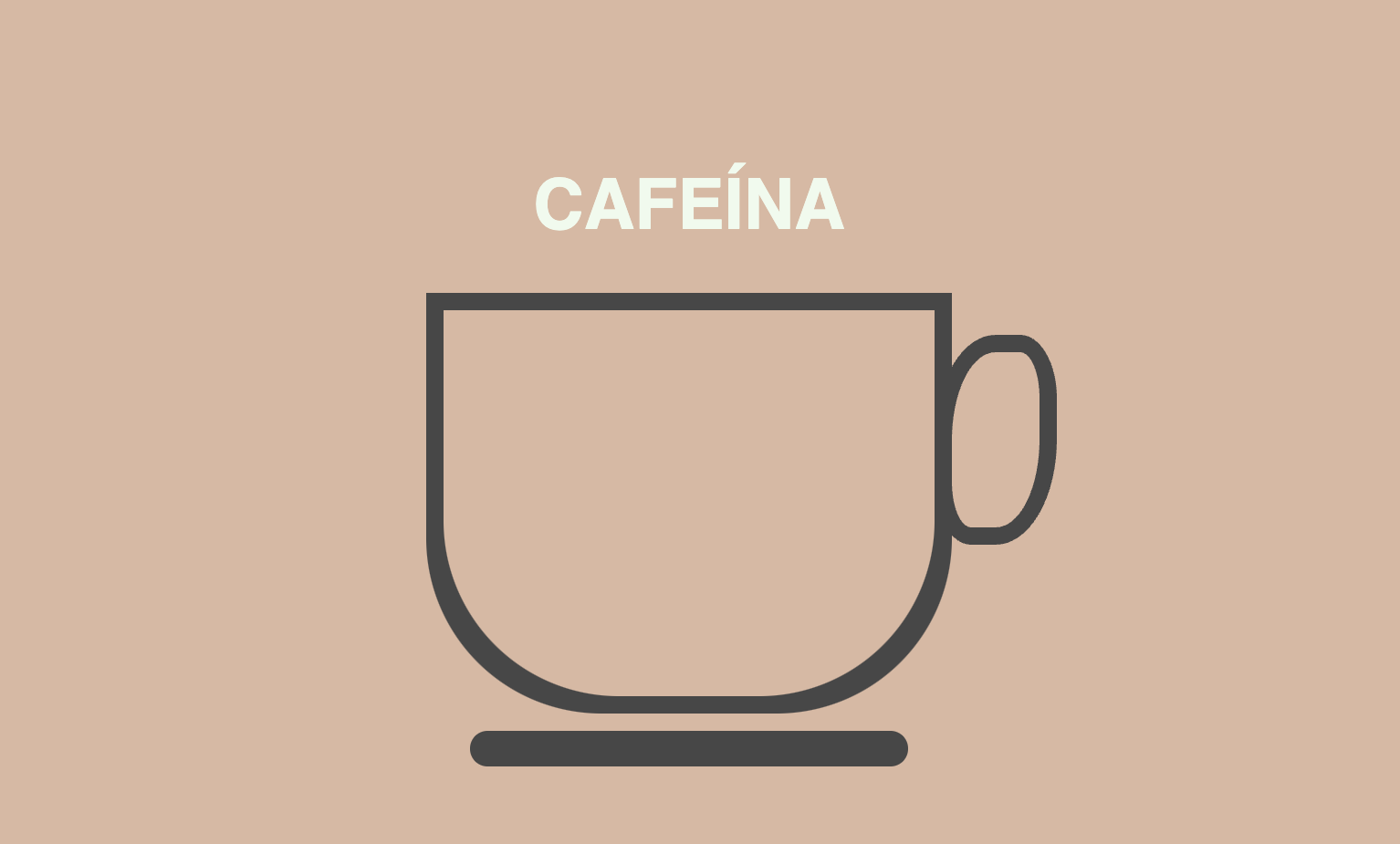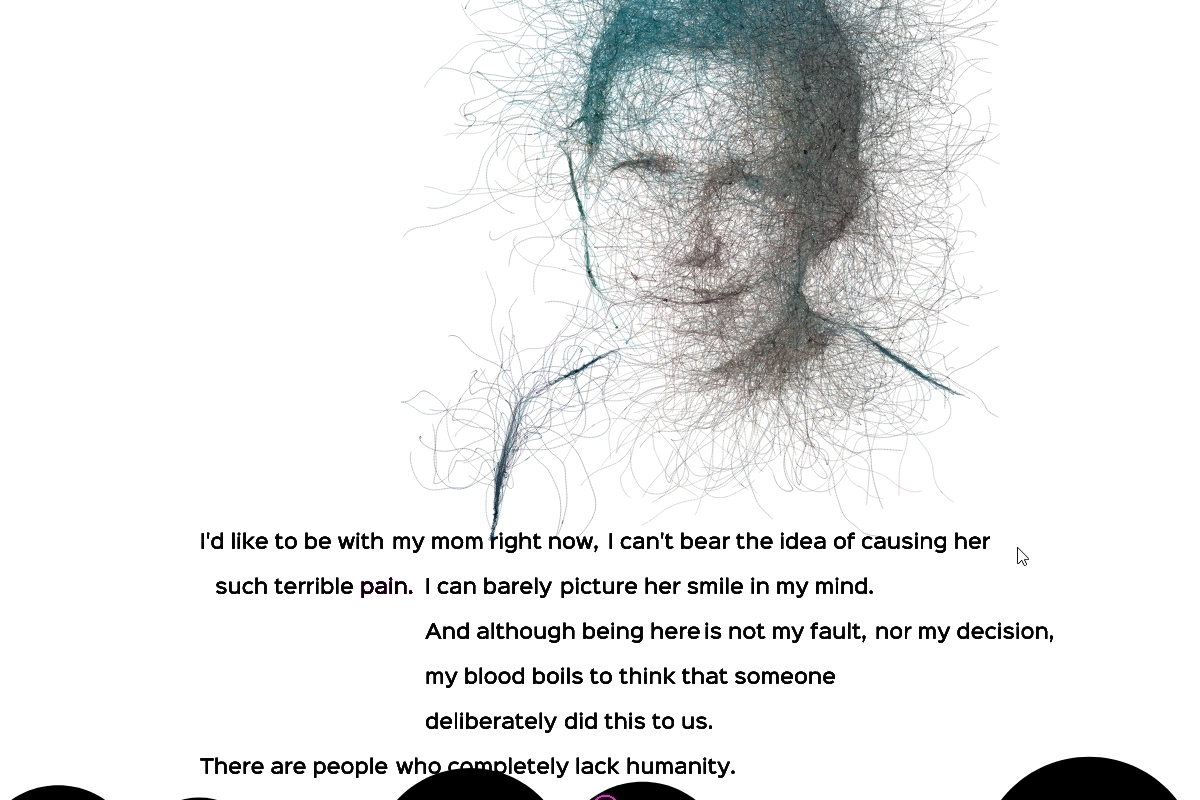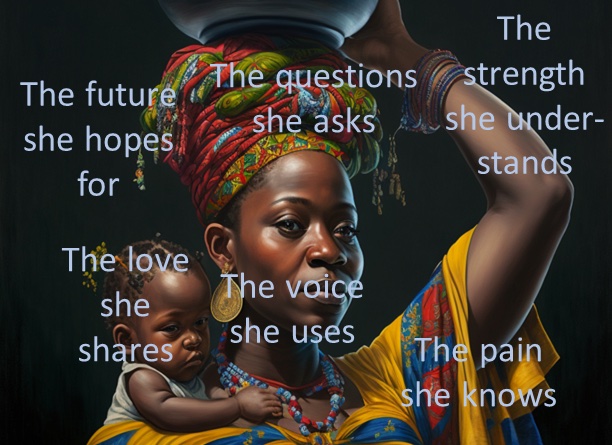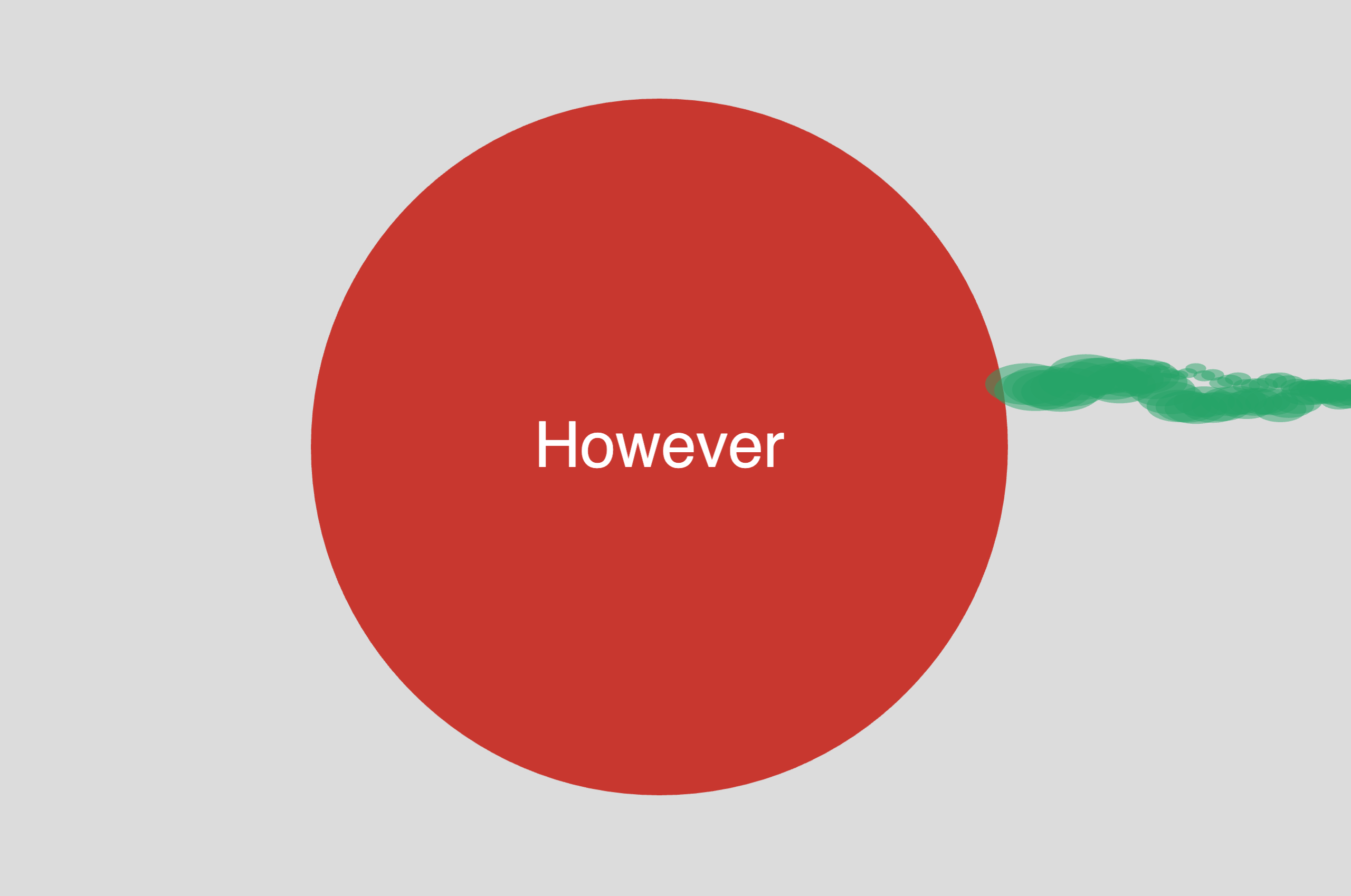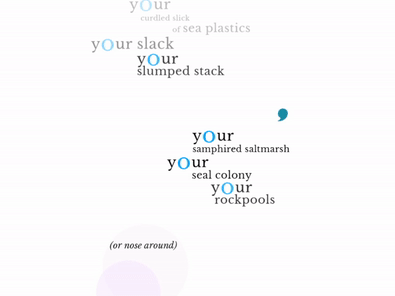Fall 2022 Editor’s Note
By Amanda Hodes
Welcome to the Fall 2022 issue of The New River. Founded in 1996, The New River has remained one of the longest-running journals devoted to electronic literature and digital art. While its aesthetic has shifted alongside the changing technologies and trends of each period, the journal maintains a commitment to purposeful play and dynamic works that prompt us to reflect on the world today. The Fall 2022 issue follows suit, containing a set of 10 pieces that are at once surprising, thought-provoking, and innovative in their literary approaches.
Across these works, I noted three consistent threads: 1) an interest in environments; 2) an exploration of histories and their palimpsests; and 3) methods of digital assemblage. While diverse in content and style, these pieces employ strategies of layering, deconstruction, and user navigation to investigate how we inhabit environments and their histories. In the following pages, you’ll find works ranging from 3D environments to mixed-reality poetry concerts. The artists housed within include Gemma Mahadeo and Ian MacLarty; Theo Ellin Ballew; Akari Komura; Will Luers, Hazel Smith, and Roger Dean; ATOM-r (Judd Morrissey and Aviva Avnisan); Lillian-Yvonne Bertram and Elliot Berry; Dina Kelberman; Julianne Aguilar; Kathy Wu; and Andy DiLallo.
Please note that some of the works in this issue are best experienced on a desktop or laptop computer (rather than on a smartphone).
* * *
Environments and the Environmental
Many of these pieces share a sustained interest in place and environment. Namely, they explore how we shelter, navigate, and reach toward one another across spaces. In If We Were Allowed to Visit, Gemma Mahadeo’s anthology of poems is rendered in a navigable virtual environment of text by Ian MacLarty. Using arrow keys, the reader parses through an ecology of language and shape. This writing, fluid in its forms, reacts to our movement in the space, unveiling poetry about the shifting landscape and its inhabitants.
Relatedly, Theo Ellin Ballew’s “Before the Belly” casts sheets of poetry across a 3D environment to build a work of speculative fiction based on the biblical tale of Jonah. Obstacles press against and even through the text as we move around the whale’s belly, bearing and birthing this incantatory language. Ballew writes, “Swallowed by whales, we learn to communicate as they do: over long distances, but without being watched or manipulated by big tech.” Here, the environment and the poetry are again stitched together, responding to the reader’s virtual movements – but through a starkly different approach that is ripe with lush world-building and the reverberations of the whale’s interior heft.
“Swimming Underwater in Our Bodies (Sheltering Under Epidermis)” considers how safety is cultivated and navigated across different bodies. This layered composition responds to the touch of the cursor, prompting the collaged interview responses to the following questions: 1) When do you feel the safest in a day?; 2) Where do you feel the safest?; and 3) What is an object/clothing/any physical material that brings you comfort or a feeling of safety? Akari Komura expertly patterns these narratives together within a bed of water, specifically water sourced from the interviewees’ provided recordings of their own showers. Komura’s exploration is threaded by the concept of “epidermal thinking,” and she asks: “What does it mean to genuinely be in possession of safety?” She continues, “This piece focuses attention on comparing the feeling of safety and the reality of safety through a perspective of the epidermis, our human skin, as an anatomical feature that divides our internal and external spheres.” Komura thus considers environments in a literal sense while also crafting a powerful, emotive sonic environment for us to explore on the webpage.
Luers, Smith, and Dean’s collaborative Dolphins in the Reservoir takes a more environmental approach to considering our relationship to place. They explain, “[The piece] envisages a society stretching into the future, through fragmented and transitory evocations of what our society is like now and how we might understand it.” The work undertakes a number of sociopolitical matters ranging from technological development to climate change to disease. Also adopting a strategy of layering, the work becomes a technicolor, textural strata of recombinant language and visual media leading the reader into its apocalyptic future. At the beginning of the work, the reader is given two options: that of automatic play (passivity) or interaction (agency). Yet, in both, the sobering yet telling vision unfolds the same.
* * *
Histories and their Palimpsests
Histories also feature heavily in this issue. Layers and palimpsests become a prominent strategy for conceptualizing our personal, collective, and artistic histories and lineages. Liner Notes for Undressing Cover Songs: The Zone of Pure Doubt, for instance, investigates “the flamboyant tradition of the rhinestone cowboy in relation to the history of indigenous genocide and expulsion, inverting and queering colonial narratives lodged deep within the American imaginary.” This work was originally performed by Aviva Avnisan and Judd Morrissey on November 4th to a live audience in Chicago and a virtual audience at Virginia Tech, the home of The New River: A Journal of Digital Art & Literature. This hybrid performance moves fluidly between audiences, platforms, and genres, weaving a multidimensional “mixed reality concert” and “poetic line-crossing ceremony.”
Lillian-Yvonne Bertram and Elliot Berry’s “Lineage Anagram Sestina” explores this concept of lineage more explicitly, unspooling the word itself down to its fundamental lineage of letter. The piece is “a minimalist randomized generative sestina in which each line is a word(s) made from letters in the word ‘lineage.’” With a different experience each time, the piece unravels “lineage” to its smallest components and then rebuilds it into revealing lingual combinations. Housed within the repetitive traditional form of the sestina, it twists, knots, and circles to new poetic possibilities.
Discernment.crx takes a unique approach of considering the palimpsest within a political context. Dina Kelberman’s Google Chrome extension mirrors its thematic exploration of political manipulation in the contemporary day. Usurping the reader’s control of the screen, it scrapes the images, texts, and layout of the user’s webpage as material for the user-activated music video. In this way, the work creates a palimpsest of the underlying webpage and the overlaid video elements. The reader relinquishes control to the technology, reminding us of the less overt ways we do so in our everyday lives.
Additionally, Julianne Aguilar’s “tuesday” engages with history and its layerings in a subtle manner. Reflecting on the process, Aguilar writes, “I allowed GPT-3 to reinterpret a character and story I had already written, and I followed its lead to this new short story’s conclusion. I am inspired by GPT-3’s complete lack of insecurities, and its ignorance of the ‘rules’ of writing.” While employing artificial intelligence (a contemporary technological tool), the piece itself borrows from far earlier aesthetics, with its floral Victorian wallpapers and nude engravings/paintings ranging from the 16th through the 19th century. This recent technology intertwines with visuals from the past, while also reinterpreting a story from the writer’s own past. Moreover, this browser-based multimedia story consists of multiple URL redirects. In contrast to our present age of immediacy, “tuesday” enforces a practice of patience. In other words, instead of pushing the narrative along with the click of a mouse, the work asks the reader to pause and await each development on the screen as it sheds URLs alongside Tuesday’s own slow undressing within the story.
* * *
Digital Assemblages
Kathy Wu’s “Touching Each Other Through Semiconduction” explores assemblage as both form and content. Wu writes, “The piece meditates on popular Chinese-American names for girls, alongside narratives of automation and model minority labor, alongside anonymous factory workers in China. The poem’s form mimics the rhythmic assembly of smartphones; it underlines how abstraction renders hands as machine, reinstates person as resource – how MADE IN CHINA is a passive, person-less phrase.” As the reader presses the various images, the poetic text clinks into the place but then reels out of view, as if moved along a conveyor belt. This powerful work meditates on how the humans behind the machines are rendered, too, as an assembly of abstracted labor within the technology supply chain.
Lastly, “Telepathic Musing of Self-Identified Artificial Intelligence Creatures” consists of a video with a scannable QR code. Using GPT-3 generated text and text-to-voice transcription, the piece imagines the interiority of two artificial intelligence creatures. Andy DiLallo writes, “The animations probe the boundaries of reality and identity, mirroring the bifurcated human existence in a digital age – the self in the body and the cloud. The piece investigates our relationship to the non-human technological entities involved in much of our daily lives as an inseparable component of the digital present.” Like an assemblage, this digital present weaves together the human and nonhuman, the digital and organic (the bird and the fish), the video and the smartphone’s QR code layer.
* * *
We at The New River would like to thank these artists and writers for allowing us to publish their work in our pages. As ever, we are grateful to Virginia Tech and the support of the MFA Creative Writing program. If you are still looking to experience more works of electronic literature, we are simultaneously excited to announce the recent preservation of our archives, which span back to 1996. This preserved archive – including many of our defunct Adobe Flash works – is now available online via The NEXT at: https://the-next.eliterature.org/collections/42. We would like to thank the Electronic Literature Lab, the Electronic Literature Organization, Dene Grigar, Holly Slocum, Madison McCartha, Richard Snyder, Greg Philbrook, Joel Clapp, and many others for their effort in preserving those historical works. Finally, thank you to Ed Falco and Evan Lavender-Smith for their ongoing support and hard work in sustaining this journal and enabling it to grow.
